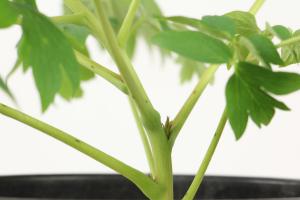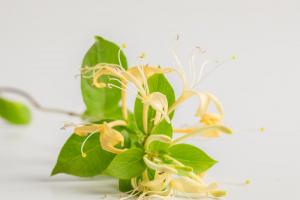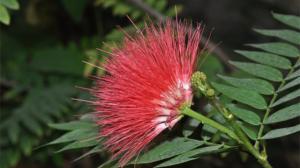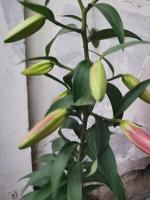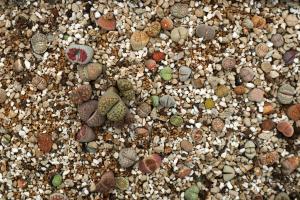Why is it important to plant native trees?
Planting trees is important for a number of reasons such as providing shade, releasing oxygen into the air, and reducing carbon dioxide levels in the environment. However, planting native trees specifically is even more important for our ecosystems as they play a key role in supporting the local biodiversity and ensuring the proper functioning of the ecosystem.
What are native trees?
Native trees are species that naturally occur in a certain area and have evolved over time to adapt to the local climate, soil conditions, and ecosystem. They have established relationships with other native plants and animals, and play an important role in maintaining the ecological balance of the area. Planting native trees helps restore the natural ecosystem of an area, providing food and shelter to local wildlife, and promoting a healthy, sustainable environment.
Supporting local biodiversity
Native trees provide food and habitat to a wide range of bird, insect, and mammal species. They are an important part of the food chain as their leaves, flowers, fruits, and seeds serve as sources of food for animals such as birds, bats, and squirrels. By providing a home for a diverse range of animals, native trees help to maintain the natural balance of the ecosystem, supporting biodiversity and ensuring its survival for generations to come.
Resilience to climate change
Native trees are better adapted to local weather patterns and soil conditions. They are more resistant to extreme weather events such as droughts or floods, and can better withstand pests and diseases. By planting native trees, we are helping to build resilience in our ecosystems and reducing the risk of damage from extreme weather conditions or other environmental stressors.
Preserving cultural heritage
Planting native trees is not only crucial for wildlife and the environment, it is also important for preserving cultural heritage. Native trees have been used for thousands of years by indigenous communities for food, medicine, and spiritual purposes. By planting native trees, we are not only helping to restore the natural environment but also helping to preserve the cultural heritage of these communities.
Conclusion
In conclusion, planting native trees is essential for supporting local biodiversity, promoting sustainability, and preserving cultural heritage. It is important to consider the local climate and ecosystem when selecting the species of trees to plant, as this will ensure their ability to thrive and provide maximum benefits to the ecosystem. By working together to plant native trees, we can improve the health of our ecosystems, support the survival of local wildlife and build a more resilient, sustainable future for all.

 how many times do yo...
how many times do yo... how many planted tre...
how many planted tre... how many pine trees ...
how many pine trees ... how many pecan trees...
how many pecan trees... how many plants comp...
how many plants comp... how many plants can ...
how many plants can ... how many plants and ...
how many plants and ... how many pepper plan...
how many pepper plan...